Energy Storing Bricks: Future of Sustainable Building Materials
Table of Contents
Imagine a scenario where the walls of your house have the capability to store and release energy. We also know that in the era of technology, green innovation is most required for this environment. Now that energy-storing bricks have been developed.
These incredible building materials have the potential to entirely change the construction sector with their energy brick and ecologically friendly responses to our growing energy demands.
Energy-putting-away blocks are precisely what they sound like—blocks that can store energy. These cutting-edge bricks incorporate energy storage technology, enabling them to hold and release electrical power, unlike conventional bricks, which only serve as structural components.
They go from being passive building blocks to actively participating in energy management.
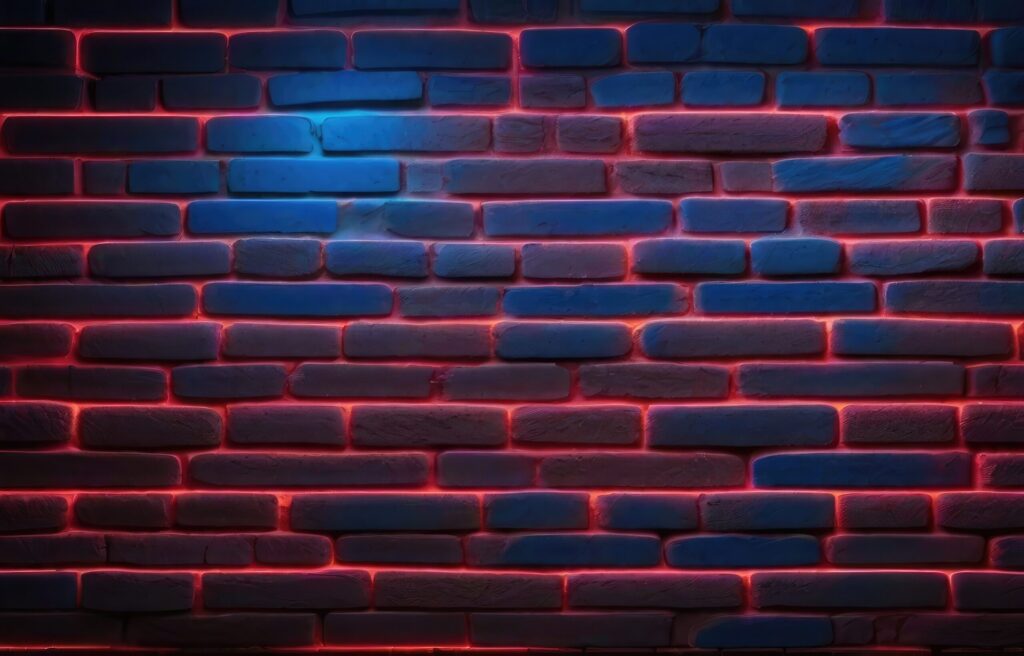
How does it work?
The composition of the energy Energy bricks is determined by their ability to store energy. Most of the time, these bricks are made from conductive polymers and traditional brick materials. Supercapacitors, which are made of polymers, can store and release energy.
These bricks are a solid and durable energy source because they can store energy throughout the day and release it as needed when they are connected to a power source with solar panels.
Advantages of Energy Storing Bricks
1. Sustainability
An important benefit of energy-putting-away blocks is their adherence to manageability. By integrating energy stockpiling into the actual texture of structures, these blocks diminish dependence on outside power sources and generally lower energy utilization.
2. Efficiency
Energy-putting-away blocks offer high productivity on the board. They can rapidly charge and release energy, guaranteeing a consistent stockpile during peak usage times. This capacity is particularly useful in off-network or far-off situations where a steady energy supply is a test.
3. Cost-effectiveness
While the underlying expense of putting away blocks might be higher than customary blocks, the drawn-out reserve funds are significant. Decreased energy bills and lower support costs make these blocks a financially savvy answer for a manageable structure.
Applications of Energy storing brick
1. Residential Buildings
Property holders can benefit significantly from energy put-away blocks. These blocks can store sunlight-based energy during the day, giving capacity to lighting, warming, and cooling frameworks around evening time. Examine the performance of green building materials and technologies, so that consequently lessening energy charges and advancing a greener way of life.
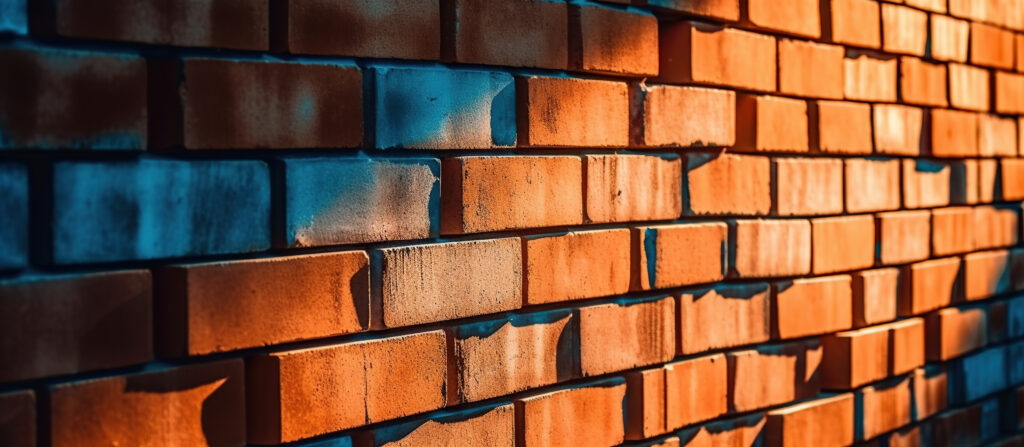
2. Commercial Buildings
Bricks that store energy can meet large-scale energy needs in commercial settings. They can save on energy expenditures and maintain vital systems by storing extra energy generated during business hours and releasing it during off-peak hours.
3. Infrastructure Projects
Bricks with built-in energy storage can reduce costs and improve safety in infrastructure projects such as highways and bridges by offering a dependable power supply for security and lighting systems.
Innovative Features Energy storage brick
1. Integration With Renewable Energy Sources
Bricks that store energy can be easily combined with energy from renewable sources like wind or solar power. The synergy of energy storage systems guarantees a consistent energy supply without wind or sunshine and improves efficiency.
2. Smart Building Technology
Energy-storing bricks have the potential to optimize energy usage when paired with smart building technologies. The charging and discharging processes can be managed by automated systems and sensors to minimize energy waste and guarantee maximum efficiency.
Environmental Impact
1. Reduction of Carbon Footprint
Because energy-storing bricks store and use renewable energy, they dramatically lower a building’s carbon footprint. This reduction is essential to combating climate change and helps achieve global sustainability goals.
2. Waste Management Benefits
Bricks that store energy can frequently be recycled, reducing construction waste. Additionally, the production process uses environmentally friendly materials to further reduce environmental impact.
Challenges and Limitations
1. Technical Challenge
Several technical difficulties must be overcome before energy-storing bricks can be developed and implemented. The bricks’ energy storage components must be durable and long-lasting for them to be widely used.
2. Market Adoption Hurdles
The market’s acceptance of energy-storage bricks is still in its infancy. Instructing manufacturers and shoppers about their advantages and tending to cost concerns are fundamental stages toward more extensive acknowledgment.
Future Prospects
1. Research and Development Trends
The capacity and efficiency of energy-storing bricks are being investigated in further detail. Both their performance and affordability are expected to be improved by advancements in energy storage technology and materials science.
2. Potential for Widespread Adoption
Energy-storing bricks are the future of energy and have the potential to become more widely used as technology advances and production costs decrease. These bricks could be used on a regular basis in future buildings, making construction methods more energy-efficient and sustainable.
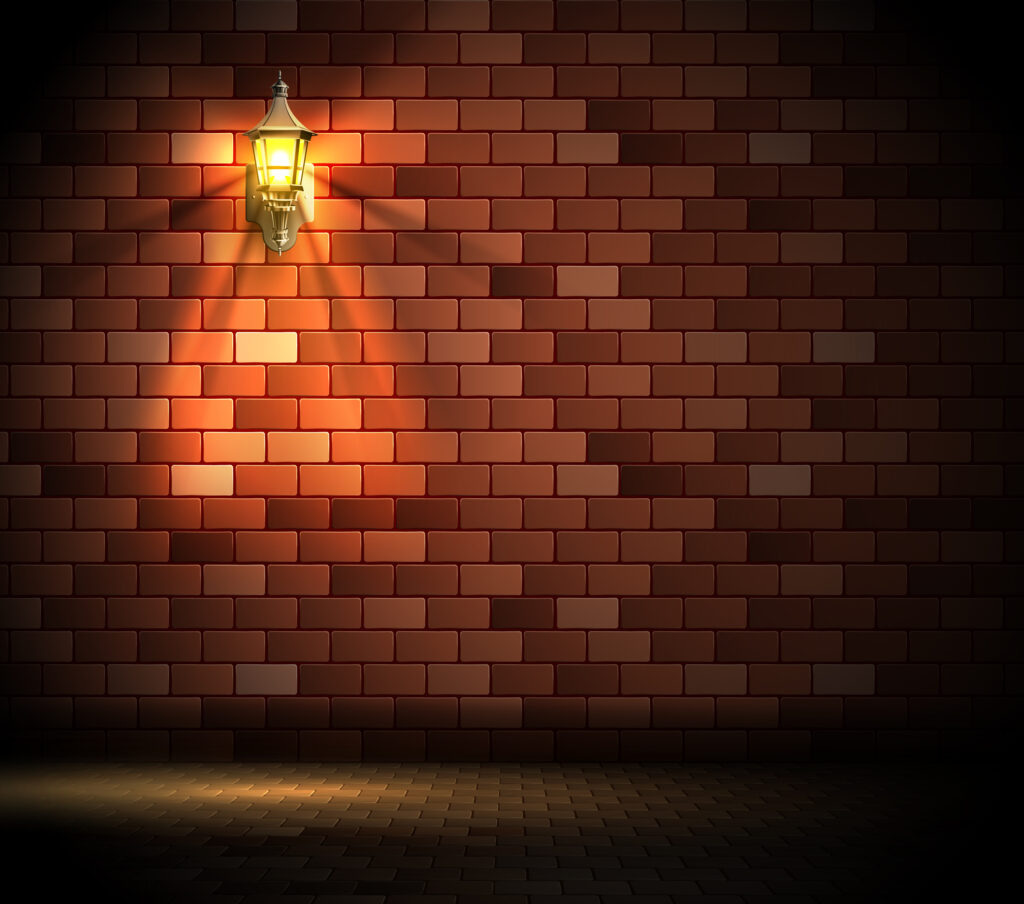
Energy Storing Bricks vs. Other Sustainable Materials
1. Comparison with Solar Panels
While sunlight-based chargers produce energy, energy-putting-away blocks center around stockpiling. Using the best of both worlds, combining the two technologies can result in a more robust and effective energy system.
2. Pros and Cons
Bricks that store energy have unique advantages, like being more energy secure and integrating into the structure of the building. However, they also have difficulties, such as higher initial costs and technical complexities, that must be resolved before they can be used widely.
Economic Implications
1. Initial Costs vs. Long-Term Savings
Compared to conventional materials, energy-storing bricks require a larger initial investment. However, they are a financially viable option for many projects due to the long-term savings in energy costs and upkeep.
2. Impact on Property Values
Due to their sustainability and energy efficiency, buildings with energy-storing bricks are likely to have higher property values. They may become appealing investments for property owners and developers as a result of this increase.
3. Importance of Educating the Public
The acceptance of energy-storing bricks depends on educating the public about their advantages. Consumers can understand the long-term advantages and encourage sustainable building practices with the assistance of awareness campaigns and informational resources.
Methodologies to increase reception incorporate contribution monetary motivations, fruitful contextual analyses, and teaming up with industry partners to advance innovation. It is also possible to update building codes and standards to encourage the use of energy-storing bricks.
Conclusion
Energy-putting away blocks address a huge progression in economical structural materials. Their efficient energy storage and management enable them to save energy costs and reduce carbon emissions.
As technology evolves and the market grows, energy-storing bricks could eventually become a common component in new buildings, opening the door to a more sustainable future. Click Here.

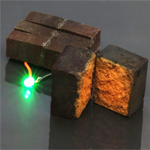
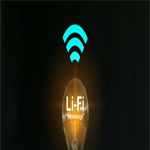
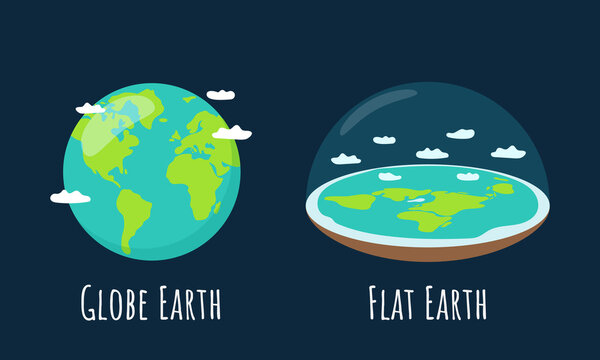




Good to read it, really astonishing technology.
Thanks, keep learning and growing